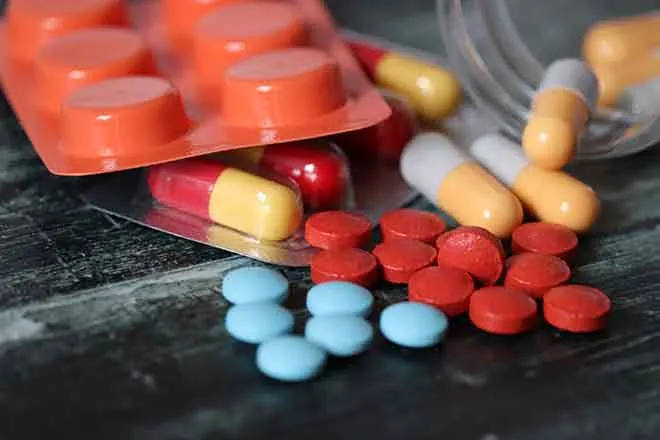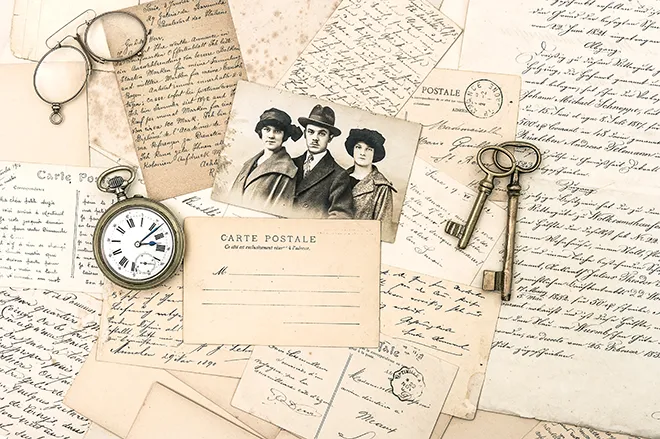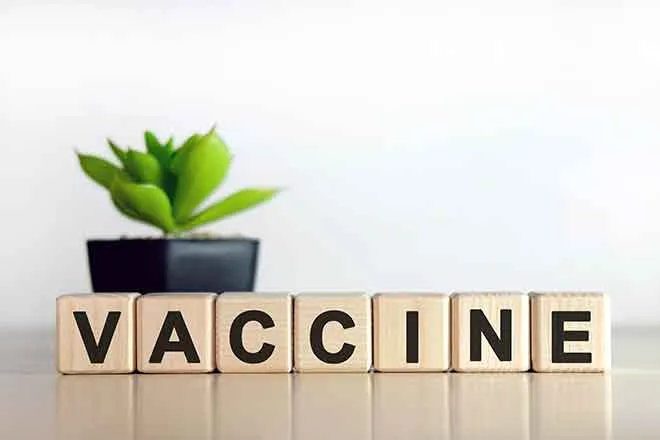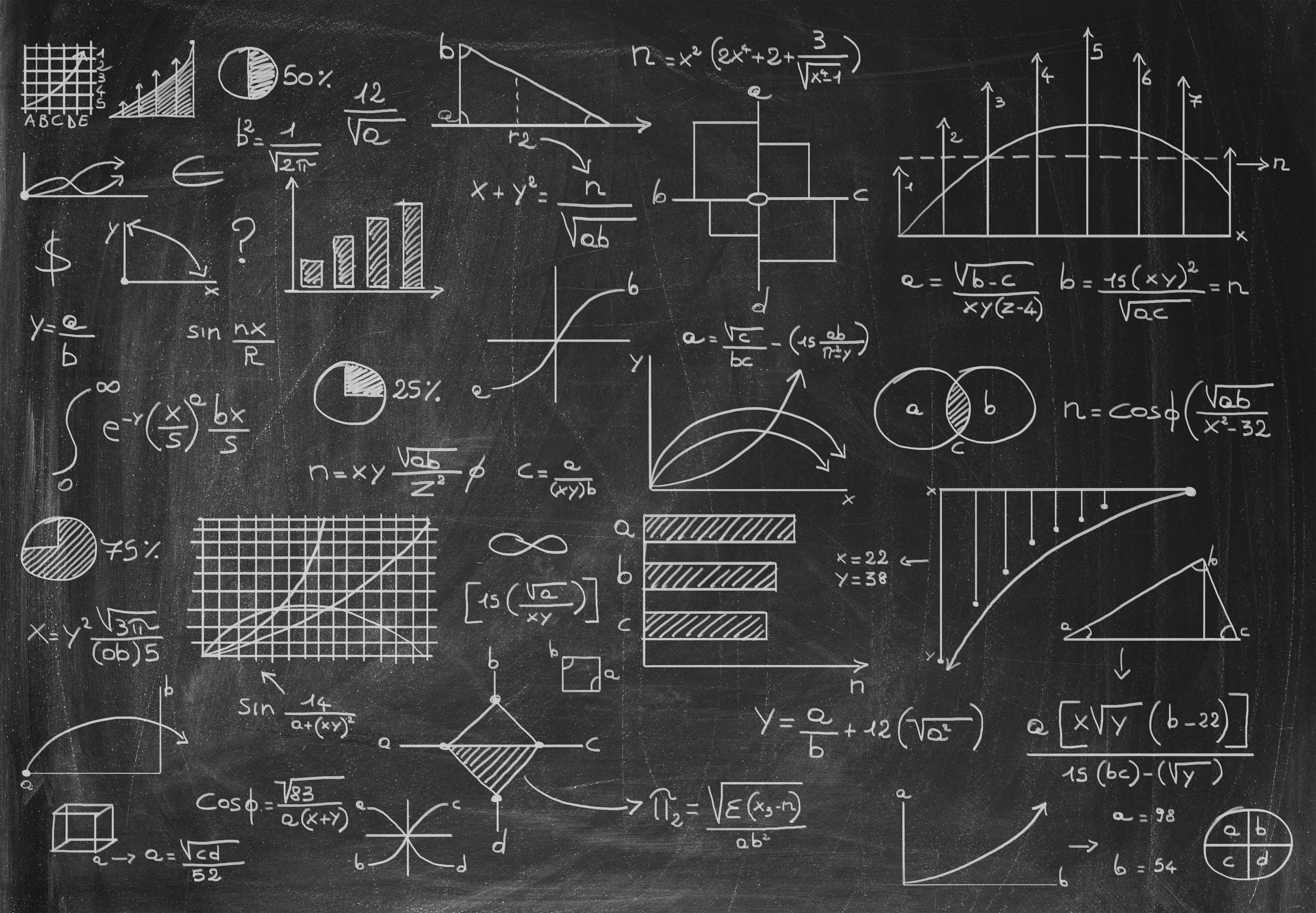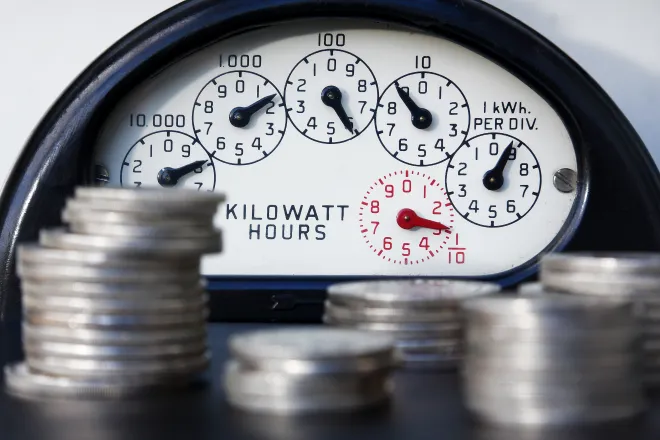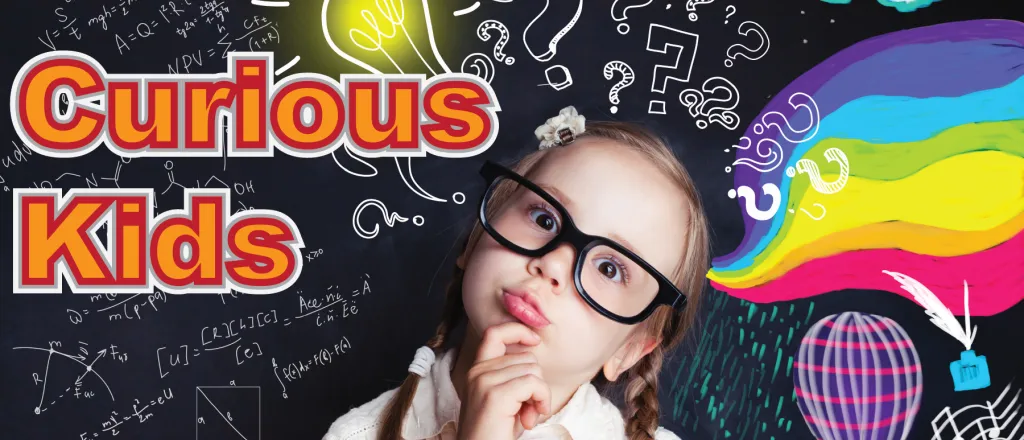
Curious Kids: What are blood types?
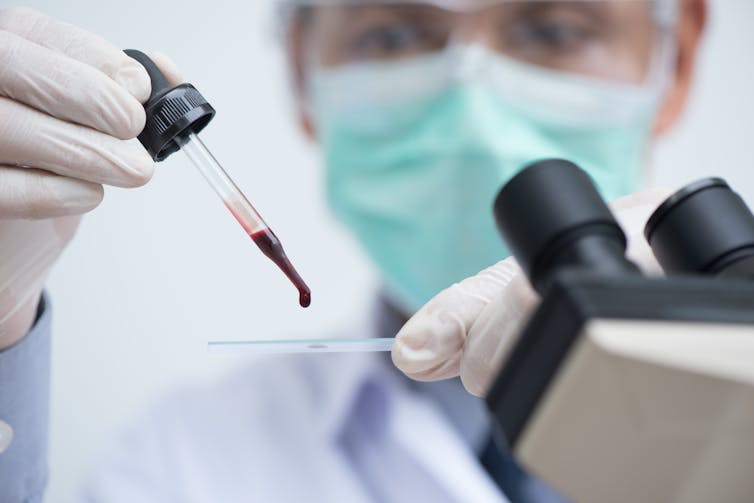

Curious Kids is a series for children of all ages. If you have a question you’d like an expert to answer, send it to curiouskidsus@theconversation.com.
What are blood types? – Harvey W., age 10, Tallahassee, Florida
Blood may seem like it’s all the same, just a red liquid. But if you look at a drop of your own blood under a microscope, you would see objects floating in it that look like balls and doughnuts.
If you looked closer, you would see that the surface of these balls and doughnuts, blood cells and platelets, are sprinkled with more objects. Some of these objects on the surface, called antigens, can differ from person to person. These differences are what determines your blood type.
Is your blood type common or rare? Does your blood type give you the power to help anyone who may need blood or only people with a blood type that is exactly like yours? The answers depend on the antigens in your blood.
A medical mystery
At the beginning of the 1900s, if a person were hurt and had lost a lot of blood, doctors would give them donated blood, a transfusion, from another person. Sometimes the person who needed blood would get worse instead of better. Doctors didn’t know why.
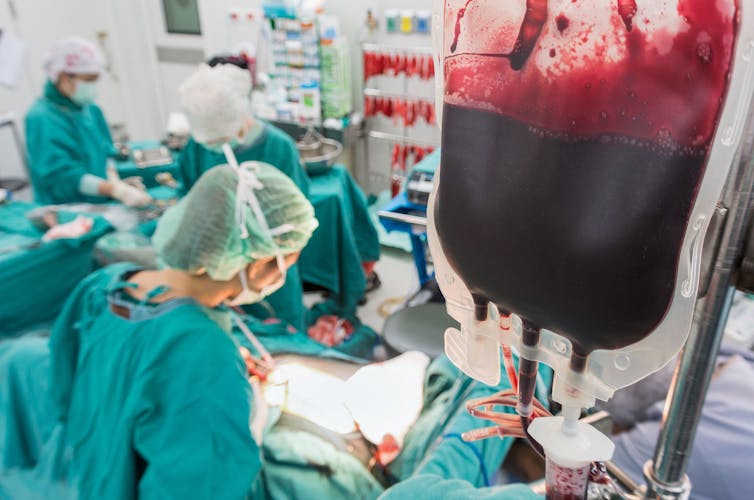
At the time, scientists didn’t know that blood could differ from person to person. They assumed all blood was the same. Scientists performed experiments to try to understand what was going on.
In one experiment, the scientist Karl Landsteiner, mixed blood components from different people in a dish. Voila! He saw when certain blood was mixed, the blood clumped together, forming a goo, while other combinations remained a red liquid. This scientist won a Nobel Prize in Medicine for his work with blood types.
With more testing, scientists were able to divide blood into three groups, or types, called type A, B and O. This helped them determine which combinations harmed people when they were mixed.
Are you a super donor?
The unique antigens you have in your blood are inherited from your parents. When you get your blood tested, the doctor or nurse can tell you if you have type A, B, AB, or O blood.
Another significant object in the blood is called the Rh D antigen. People with D antigen have positive blood and people without D antigen have negative blood. So, your blood type is often described as either positive or negative.
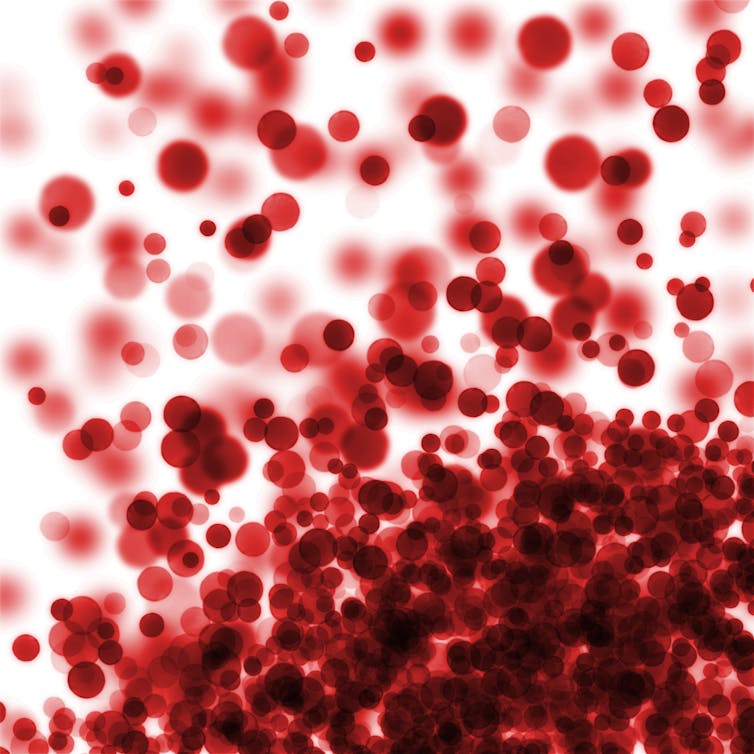
What blood type are you? Blood type is important, for example, if you have positive blood and donate to someone whose blood is negative, that recipient’s immune system might attack your donated blood cells that are sprinkled with D antigens. If you have type O negative blood, you are a super donor; your blood can be given to almost anyone. Negative blood types are somewhat rare. Only about 14 out of 100 people have any form of negative blood. AB negative blood type is the rarest in the United States, only about 6 people in 1,000 have it.
Even with all scientists know about blood, we are still discovering more about why blood types exist.
For example, researchers have shown that different blood types respond differently to diseases. Studies have found that cells from type O blood are less likely than other types to clump together and cause medical problems for people with malaria.
Scientists like me continue to study blood and identify additional differences within it. We’re working to understand more about blood and if its variability has any effect on you or me.
Hello, curious kids! Do you have a question you’d like an expert to answer? Ask an adult to send your question to CuriousKidsUS@theconversation.com. Please tell us your name, age and the city where you live.
And since curiosity has no age limit – adults, let us know what you’re wondering, too. We won’t be able to answer every question, but we will do our best.![]()
Christine Helms, Assistant Professor of Physics, University of Richmond
This article is republished from The Conversation under a Creative Commons license. Read the original article.


